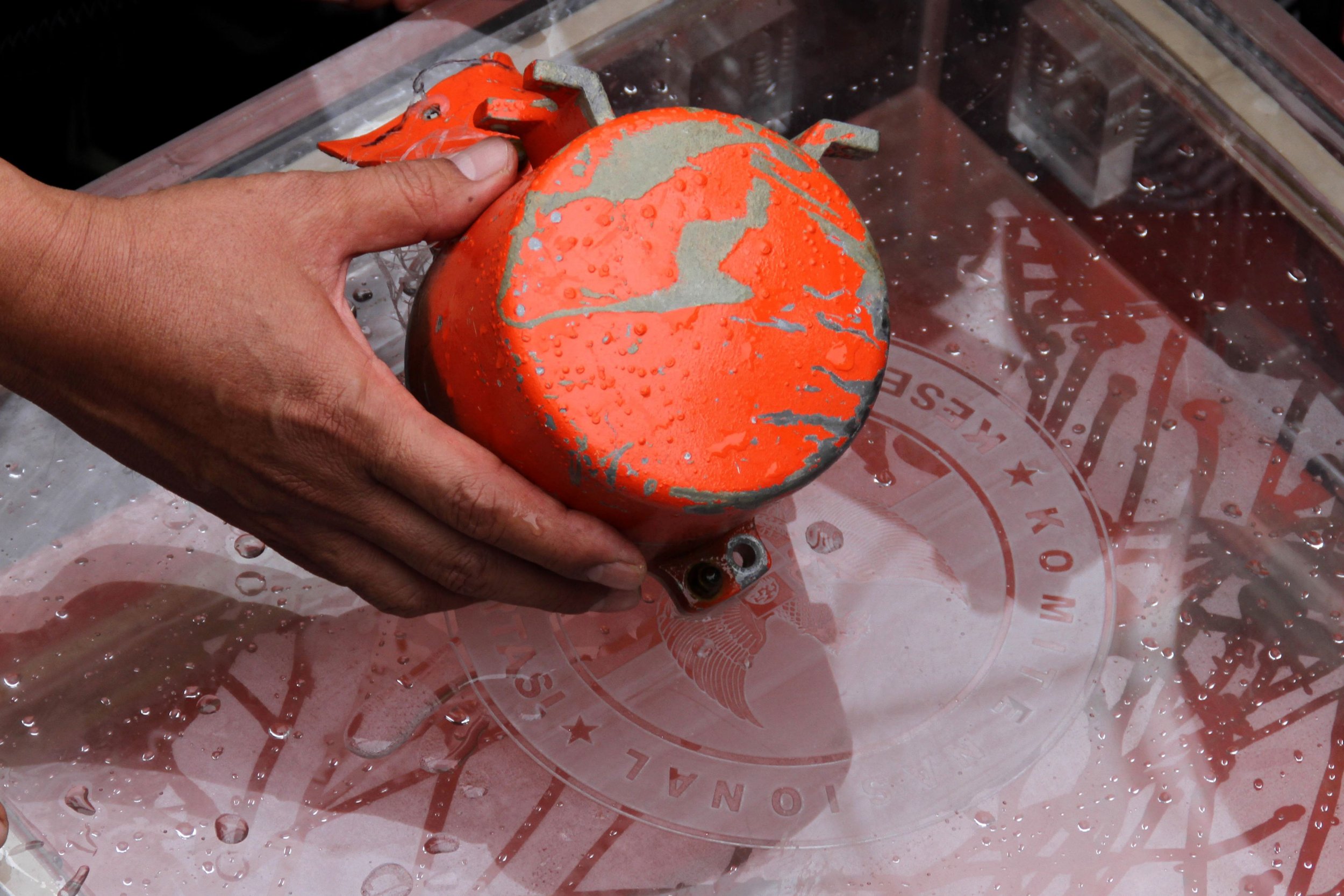
Following the Ethiopian Airlines Boeing 737 Max 8 plane crash that killed all 157 people aboard, on Monday investigators announced they had recovered the electronic flight data recorders from the flight.
Known as black boxes, the devices have been prominent in coverage of air disasters in recent years, such as the 2018 Lion Air crash and the disappearance of a Malaysia Airlines plane in 2014.
What are black boxes, and what can they tell investigators?
Large commercial planes carry two black boxes to preserve a wealth of important flight data. The term may have origin in World War II, when the British stowed radar devices concealed in black casing on some military aircraft. Early flight data recorders were black, but the devices are now a bright orange color to aid recovery.
In today's planes, one black box preserves audio from the cockpit, and another logs data such as altitude and airspeed, the National Transportation Safety Board (NTSB) states. Modern cockpit voice recorders (CVRs) with solid-state memory boards store up to two hours of audio captured by microphones, while a plane's flight data recorder (FDR) preserves 25 hours of information.
In addition to recording conversations between flight crew, CVRs hear vital information like engine sounds and communications with air traffic control. To an expert investigator, the clicks and pops overheard in a cockpit can reveal things like speed and system failure.
Some FDRs record more than 1,000 parameters collected from sensors throughout the plane—from altitude and time to flap position and smoke alarm activation. In the U.S., new planes' FDRs must record a minimum of 88 parameters, the NTSB reports. Investigators use this data to produce computer simulations of the moments before an air disaster.
Encased in layers of aluminum, insulation and steel or titanium, both devices are built to withstand extreme conditions. They can survive more than 2,000 degrees Fahrenheit for half an hour and endure the intense water pressure 20,000 feet below the sea surface. They are also built to tolerate impacts of up to 3,400 Gs—3,400 times the force of gravity.
"The flight data recorder will tell how an accident happened," Flight Safety Foundation's Greg Marshall previously told the BBC. "The cockpit voice recorder will tell you why."
But even these hardy recorders have their limits. As expert engineers Yijun Yu and Andrew Smith wrote for The Conversation in 2014, they are not indestructible, and investigators sometimes have to piece together data from residual parts.
Both devices have underwater locator beacons, or "pingers," which send out special acoustic signals when the recorders are submerged in water. Those signals can help investigators find black boxes. But the pings only sound for 30 days once activated, and then the recorder's battery runs flat.
Although they store audio and keep track of numerous flight parameters, black boxes don't typically record images or video, and their data storage capacity is limited. And if the boxes can't be located, their vital trove of data is no help at all.
Boxes that detach from an airplane in the event of a crash and float on water have been proposed, Reuters reported back in 2015. But such devices, which are often used in military aircraft, are expensive.
"The current fixed recorders are highly reliable and cost-effective, and it is rare to not recover them," Mike Poole, a former expert on flight recorders with the Transportation Safety Board of Canada, told the news agency at the time.
Poole said devices that transmit data in real time would be a more desirable solution than deployable boxes. But some experts fear cloud-based systems could leave sensitive plane data open to exploitation.
Uncommon Knowledge
Newsweek is committed to challenging conventional wisdom and finding connections in the search for common ground.
Newsweek is committed to challenging conventional wisdom and finding connections in the search for common ground.
About the writer
Katherine Hignett is a reporter based in London. She currently covers current affairs, health and science. Prior to joining Newsweek ... Read more
To read how Newsweek uses AI as a newsroom tool, Click here.








